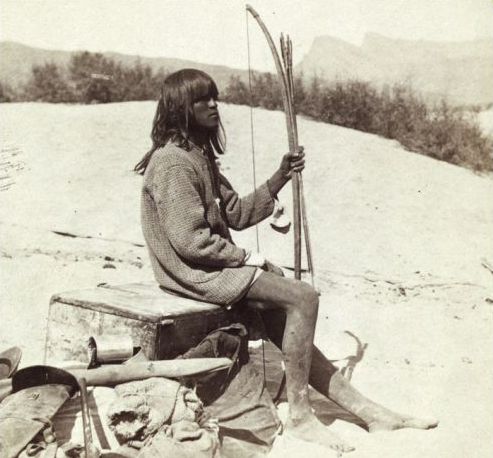|
|
History: American Old West, United States
|
In 1862, Congress passed three important bills that impacted the land system. The Homestead Act granted 160 acres (0.65 km2) to each settler who improved the land for five years, to citizens and non-citizens including squatters, for no more than modest filing fees. If a six months residency was complied with, the settler then had the option to buy the parcel at $1.25 per acre. The property could then be sold or mortgaged and neighboring land acquired if expansion was desired. Though the act was on the whole successful, the 160-acre (0.65 km2) size of parcels was not large enough for the needs of Western farmers and ranchers, and it failed to address the needs of the mining and timber operations as well.
Early on after the California Gold Rush, the federal government decided to leave the regulation of mining claims to local governments. This was reversed by later acts, which helped legitimate land acquisition for all purposes but which also made it easier for speculators and swindlers, especially in the timber and ranching industries. Given the necessity of water for ranching, squabbles over water rights ensued and complicated the situation. The railroads got much of the best land, and the land available to homesteaders was not always arable or commercially useful. On the whole, only about one-third of all Homestead Act claimants actually completed the process of obtaining title to their land.
The Pacific Railway Acts provided for the land needed to build the transcontinental railroad. Since several routes were under consideration, the amount of land so provided was huge, over 174,000,000 acres (700,000 km2). The land given the railroads alternated with government-owned tracts saved for distribution to homesteaders. In an effort to be equitable, the federal government reduced each tract to 80 acres (320,000 m2) because of its perceived higher value given its proximity to the rail line. Railroads had up to five years to sell or mortgage their land, after tracks were laid, after which unsold land could be purchased by anyone. Often railroads sold some of their government acquired land to homesteaders immediately to encourage settlement and the growth of markets the railroads would then be able to serve. However, the railroads were slow to build in some areas, waiting for the population to grow adequately on its own, before selecting final routes. This caused a "chicken-and-egg" situation which, in some cases, impeded rather than hastened settlement. Congress also made loans to the railroads based on the mileage of rail.
The Morrill Act provided land grants to states to build institutions of higher education for agricultural purposes, in an effort to stimulate rural economic growth and the education programs to support it. The states would sell the bulk of the land to raise funds to build the institutions.
|
|









